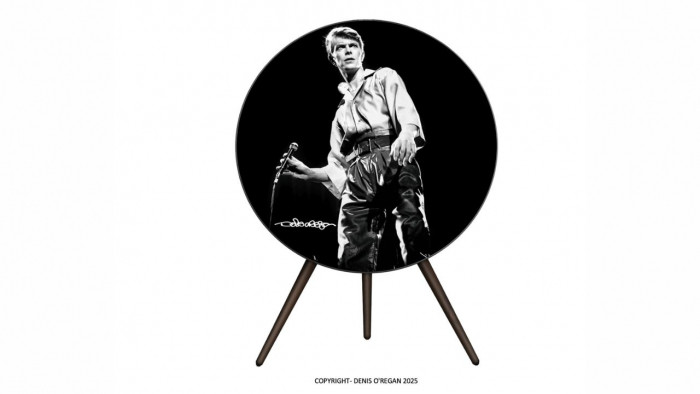This is what happened when NASA took bees into space
Fascinating insights into the effects of microgravity


The idea of putting humans in space has fascinated minds since the dawn of time, with a quest to reach Mars the next stage of that noble project.
And, while we all know that other walking beasts such as dogs and monkeys bravely blazed a trail before man himself went up into the unknown, have you ever thought about all the other creatures on earth that got sent into the great unknown?
Specifically, flying ones. How did they cope with the lack of gravity?
Luckily for us, Reddit user amart89 recently posed just this question in the AskScience subreddit:

And they were given a fascinating range of replies.
Citing a NASA memo from a mission made in 1982 by the Space Shuttle Columbia, Redditer Cyanaman explained how house flies pretty much gave up on flying, with their motion limited to walking on walls. Commander Jack Lousma stated: “The flies took to walking. They decided their wasn’t any use to flapping their wings and going out of control.”
Meanwhile, "Moths (Anticarsis gammatalis) that developed in space, learned not to fly and preferred to float without wing beat. Whereas adults [moths] that were developed on Earth, then sent into space, had problems controlling pitch."
However, it was bad news for the 14 honey bees on the 1982 mission who were "unable to fly normally and tumbled in weightlessness".
Nonetheless, experiments performed on the 1984 Space Shuttle Challenger mission, which took 3400 worker bees and one queen bee, observed things in far more detail. On their first day in space, “some bees attempted to fly, but collided with the chamber walls,” but by the end of the seven-day mission, the bees were showing "complete adaptation to microgravity” while they were able to produce honeycomb, with the queen laying around 30 eggs - although none managed to hatch.
Other interesting observations were made in the fruit fly Drosophila melanogaster, with Lousma noting that past studies had shown that "mating is possible without gravity, aging is accelerated in males, and there are alterations in fecundity, embryo hatching rate, and embryo size." Meanwhile, spiders spun finer web thread in microgravity.
However, never mind insects, what about some bigger beasts that could one day join us up in space?
Redditor LXL15 linked to a couple of studies on other flying animals in microgravity: bats showed little to no signs of trying to right themselves during tests in parabolic flights (simulated microgravity on earth), preferring to remain in their resting upside-down state, while some snakes grabbed onto themselves, coiling tightly, as a response.
They also pointed out that, "although it is not fully described in the abstract of that second article, some reptiles that previously had the ability to glide, but due to evolution lost that skill, reverted to the mentioned 'sky-diving' pose, despite never using it under normal gravity."
So there you have it, some animals can remember long-lost skills as soon as the occasion demands it, some can't cope, others can adapt, and those born in space adapt quickly.
But let's be clear right here, and right now. Next time we go up, can we leave the snakes and spiders on earth please?
(Image: Shutterstock)








